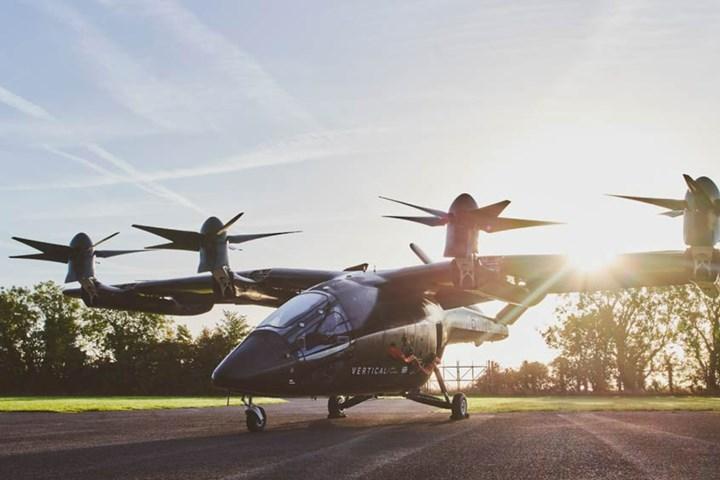
The VX4 can carry a pilot and four passengers up to 100 mi. (161 km) with a cruising speed of 150 mph.
Credit: Vertical Aerospace
Vertical Aerospace said it will begin conducting crewed thrust-borne test flights of its full-scale VX4 prototype, part of an effort to validate and refine the design of the four-passenger electric-vertical-takeoff-and-landing (eVTOL) air taxi. Bristol, UK-based Vertical recently concluded a series...
Subscription Required
Vertical Aerospace To Begin Crewed, Thrust-borne Test Flights is published in Advanced Air Mobility Report, an Aviation Week Intelligence Network (AWIN) Market Briefing and is included with your AWIN Premium membership.
Already a member of AWIN or subscribe to Advanced Air Mobility through your company? Login with your existing email and password
Not a member? Learn how to access the market intelligence and data you need to stay abreast of what's happening in the air transport community.





